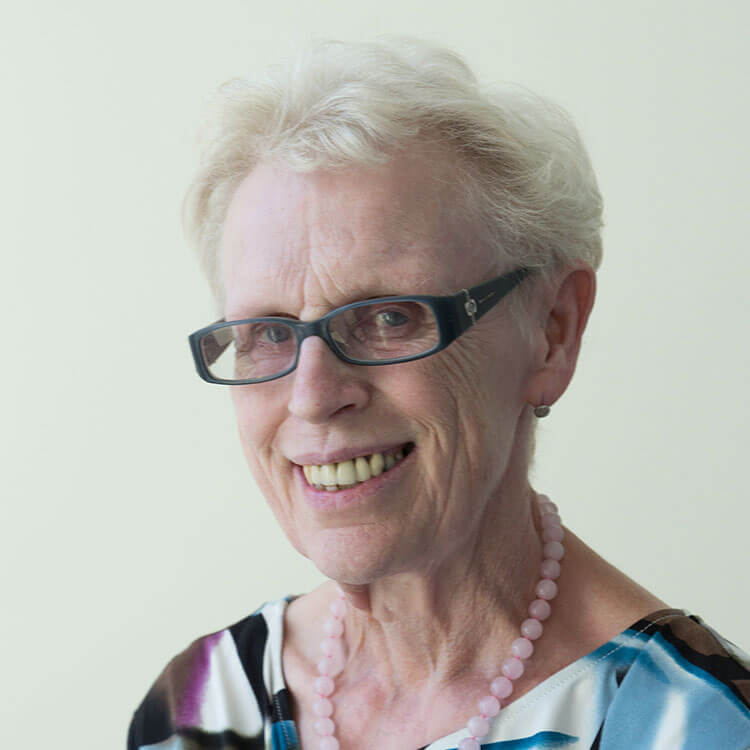Our research impact
The work of our researchers has had an enormous impact on the clinical understanding of Rett syndrome here in Australia and world-wide. This is because we have the only ongoing population-based study as well as an international database for this disorder.
- And so we have been the first to report on comprehensive descriptions of many of the comorbidities or other medical problems that affect girls and women with Rett syndrome over time, such as feeding and growth, epilepsy, bone fractures and sleep disorders.
- We have also developed guidelines to assist clinicians and families in management of some of these conditions-in particular for scoliosis (curvature of the spine), growth and feeding problems and bone health.
- We have also identified factors which affect the likelihood of the diagnosis being made or missed which is very important for clinical practice.
- We have investigated life expectancy-an important question often asked by families
- We were the first to describe the marked variation in Rett syndrome associated with the type of genetic mutation-again important information for clinical practice.
- In 2016 we were invited to write a review on Rett syndrome in the prestigious journal Nature Reviews Neurology and in 2017 the book on Rett syndrome to which we have made a major contribution, is being published.
Rett syndrome: A family's perspective
Marlee's story
Imagine your baby girl is developing normally, then suddenly she starts losing skills.
She can no longer throw. She can’t grab. She stops talking.
That's what happened to Rebecca & John's little girl Marlee, who has Rett syndrome.
Watch Marlee's story and find out what Telethon Kids Institute researchers are doing to help.
Rett syndrome: A researcher's perspective

I first heard about Rett syndrome when I was working as a medical doctor specializing in the care and management of children with intellectual disability.
The senior doctor in my department had just returned from a conference in Vienna which was one of the very first to focus on this condition.
It seemed to me such a strange disorder because it affected these usually beautiful-looking girls who were developing normally and then suddenly for no reason started to regress and lose their skills.
At that time, although a practicing medical doctor I was developing an interest in public health and epidemiology and whilst caring for patients with rare syndromes, many without names.
I saw the need to find a way to increase knowledge, awareness and better management for such rare conditions by collecting data both nationally and internationally on individuals with such disorders.
And this was really how the Australian Rett Syndrome Database, AussieRett and later, the International Rett Syndrome Database, InterRett came to be born!
Rett syndrome and related disorders
Be Inspired
Join thousands of active subscribers and hear about the brave kids, dedicated researchers, and world-leading science at Telethon Kids Institute.
We guarantee 100% privacy. Your information will not be shared.